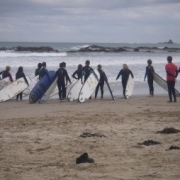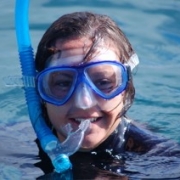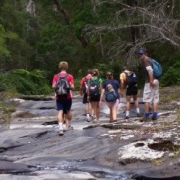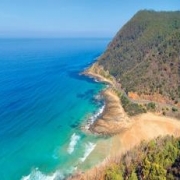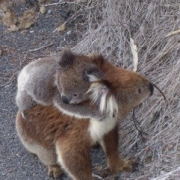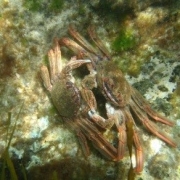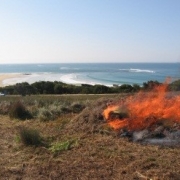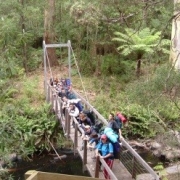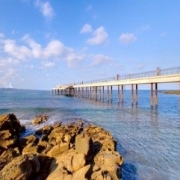Summer – Autumn – Spring
Lorne Discovery
Units 1, 2 or 3 / 2-3 days
Activities:
- Surfing (Go Ride a Wave)
- Snorkelling/rock pooling.
- Canyon Bushwalk/ visit a logging coup
Dune revegetation work
- weed matting
- weeding
- mulching and
- tree planting
- Bushwalking
Cost
Dependant on activities you choose. Discuss with Eco-Logic.
What is included
- qualified leadership and interpretation (our staff are OE teachers, scientists, resource and land management graduates and recreation leaders.)
- curriculum discussion and activities
- snorkelling gear and qualified instructors
- surfboards/sea-kayaks, wetsuits and qualified instructors
- bushwalking leader and location interpretation
- revegetation tools/gloves/safety glasses and leader
What you bring
- bus
- camping gear and food
- students will need bathers, towel, walking shoes/boots, waterproof coats, old runners/water shoes for rock-pooling
- sun protection gear, i.e. hat, long sleeved shirts, sunscreen and sunglasses.
Where you will stay
- Allanvale Camp-Parks Vic. (free camping)
- Foreshore Caravan Park Lorne (fees payable by school).
- Lorne Surf Life Saving Club (fees payable by school).
We will meet you each morning.

